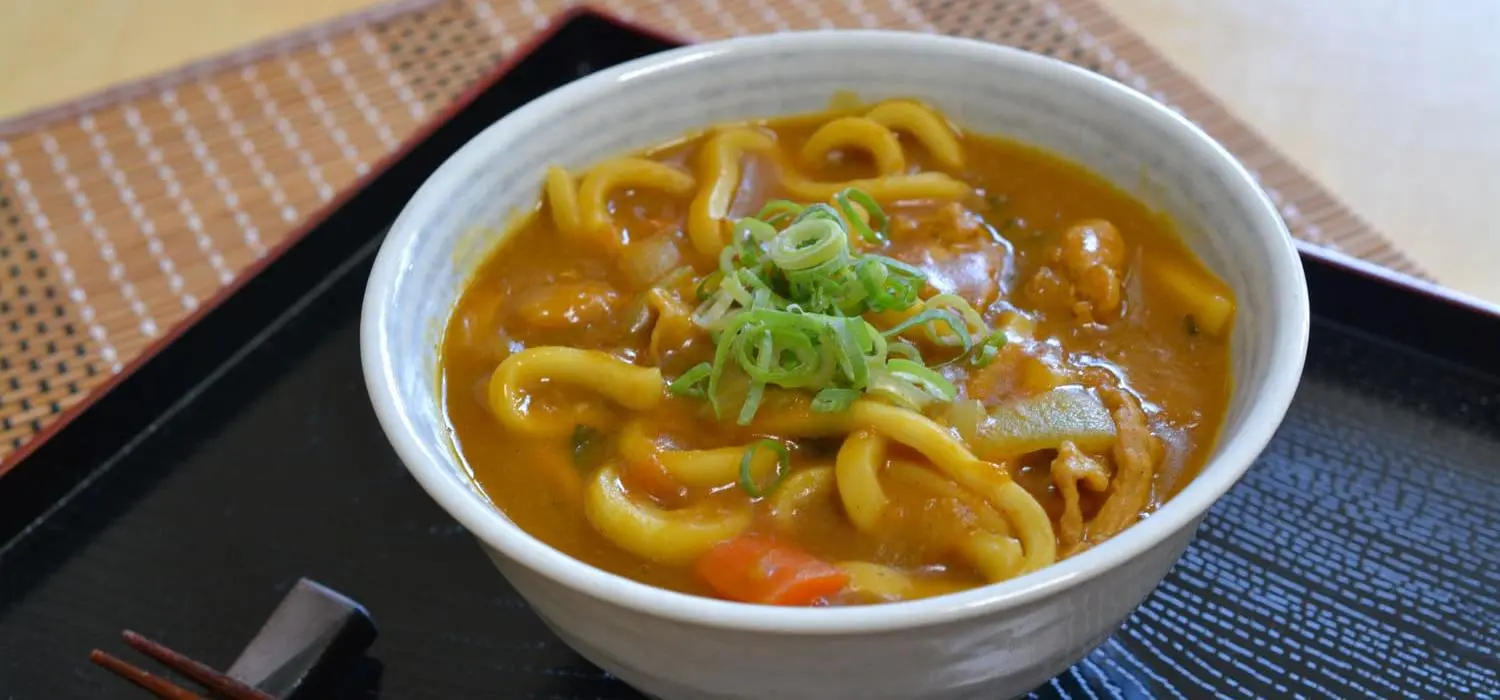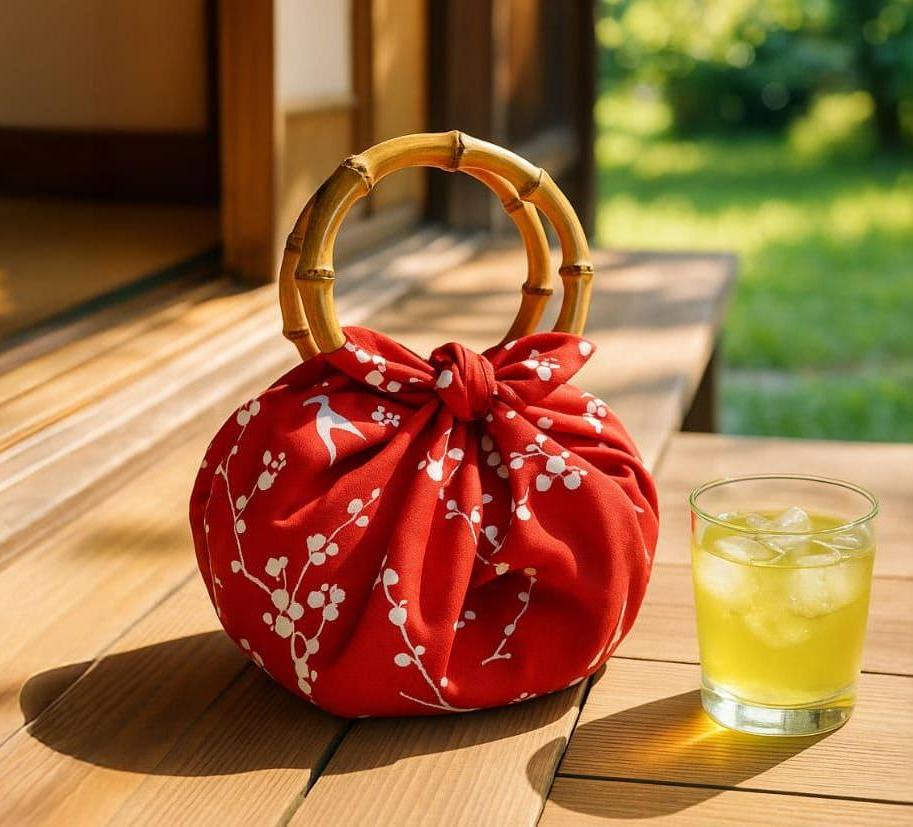You’ve got leftover Japanese curry. Is this a problem?
No—it’s the perfect opportunity.
With just a little extra effort, yesterday’s curry can transform into another delicious dish.
It’s called curry udon.
It’s the ultimate comfort food mash-up: bringing together curry and udon, each a star in its own right on the Japanese menu.
In movies, putting two lead actors together like this can sometimes flop—but in food, it’s a guaranteed hit.
Plenty of Japanese households proudly belong to the “Day Two Means Curry Udon” club.
In this guide, you’ll learn how to turn leftover curry into curry udon—with a recipe designed specifically for Airbnb and other compact kitchens. That way, you can make it easily, even while traveling.
Want more tips on cooking in a small Airbnb kitchen?
Check out our full guide here:

1. Equipment Needed
If you’ve already made curry, curry udon requires no extra gear beyond what you used for that.
- Frying pan – Ideally the one that still has your leftover curry in it
- Ladle – For scooping and serving
- Microwave – To cook the udon noodles and reheat toppings if needed
2. Sourcing Your Ingredients
Here’s what you’ll need.
For a basic curry udon, all you need is yesterday’s leftover curry, plus mentsuyu (Japanese noodle soup base) and udon noodles.
Ingredients (Serves 2)
- Leftover curry – About 3–4 ladles’ worth
- Mentsuyu + water – About 500 ml total
Note: Mentsuyu is a soy sauce–based seasoning with dashi stock, sold in bottles in the seasoning aisle.
The bottle will tell you how much to dilute it:- “Straight”(ストレート): mix mentsuyu and water 1:1
- “2x concentrated” (2倍濃縮): 1:3 ratio
- “3x concentrated” (3倍濃縮): 1:5 ratio
If you don’t have a measuring cup, just eyeball it—start with a ratio that tastes “mild but tasty.”
Once it’s mixed with the curry, taste again and adjust.
The final goal, of course, is “delicious.”

- Frozen udon noodles – 2 packs Note: Found in the freezer section, sold in packs of 2 or 5. Any type works, and the cheapest is fine.
Optional toppings
If you have room in your budget and stomach, tempura is a fantastic add-on—any kind will do, and you can find it in the supermarket deli section.
Second-best? Sliced green onions and thin fried tofu (aburaage). These are a bit more work in a travel kitchen, but they’ll make your curry udon taste just like the one at a good Japanese noodle shop.
3. How to Cook
Once you actually try it, you’ll realize this barely qualifies as a “recipe.”
Still, there are a few small tricks worth knowing—so here they are.
- Warm the curry and mentsuyu together
Pour the diluted mentsuyu into the frying pan with your leftover curry, and heat gently. Note: If you’re adding sliced green onions (negi) or thin fried tofu (aburaage), this is the time to drop them in. - Heat the frozen udon in the microwave
Keep the noodles sealed in their individual bag—no need to cut it open—and microwave for about 3–4 minutes.
Note: Most packages will say to place the noodles on a microwave-safe plate. Honestly, putting the bag directly in works just fine (a universal “we all do it” move).
Be careful when it’s done—freshly microwaved udon can feel like it has a personal grudge against your fingers. Hold the bag carefully by one corner and handle it with care. - Assemble and serve
Place the udon into a bowl, ladle the curry soup over it, and you’re done.
Note: If you’re adding tempura, place it on top now. A sprinkle of chopped green onions will boost both flavor and color.
4. Final Thoughts
You might be surprised at how ridiculously easy this dish is to make.
But think of it as a well-earned reward for taking the time to cook curry the day before.
Leftover curry isn’t just “extra food”—it’s an extra bit of joy.
And of course, you can always make a bigger batch on purpose, just like I do.
Want to know how to make the curry in the first place?
Here’s the full guide:






